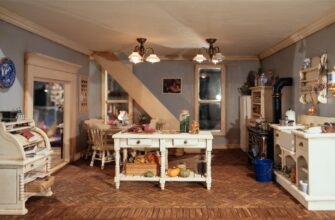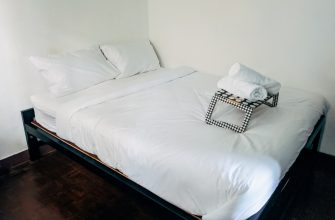
Nursing shoes are very essential to nurses being that they are on their feet so much each day. Particularly since most nurses work extended work days and quite often times end up on their feet all day long. As such, having comfortable footwear is just as important as wearing the right top quality nursing attire.
To be able to give maximum comfort to patients while providing exact nursing care, nursing shoes have to be designed to be light in weight, have a breathable sole and an acceptable heel. If you are a nurse, it is important to ensure that you pick the right shoes for your work. As enjoyable as it is to wear comfortable shoes, you have to be able to give maximum comfort to your feet at the same time. This is a lot of responsibility. From the moment you step into the hospital, to the moment you leave; your feet should be feeling comfortable and at the same time, you should be able to work efficiently.
Caring for your feet is an integral part of nurses’ duties. To ensure that your feet are receiving the required care, you have to find out what is lacking and what can be done to make up for it.
Most of the time, picking the right shoes is easy. However, once you are out and about in the hospital, the shoes you pick need to become familiar. This is the part where your tastes and professional background come into play. The selection of professional shoes depend on your professional requirements. There are few guidelines you can follow to select the correct pair of professional shoes for your nursing career.
Keep these points in mind:
1. Comfort factor: The comfort factor refers to how easy or difficult it is to walk in them. As a nurse, it is important to feel comfortable while doing your work. This is a criterion that cannot be stressed enough, as comfort is the primary requirement of nurses. Comfort factor is further exaggerated by including your personal life style. If you are a enthusiastic runner, it is important that you find a pair of comfortable shoes with stiff soles. This is to make sure that you do not hurt yourself while walking.2. The material of the shoe: Topper shoes generally have non-slip soles. This allows nurses to feel secure while standing or sitting in them. As nurses, you have to be extra careful when you walk in them so that you do not hurt yourself.3. The fit of the shoe: A good pair of shoes should feel just like your foot. It is important to allow your feet to breathe and be comfortable. Look for leather shoes which have a non-slip surface and have good traction. Besides, you need to choose those shoes that can fit well in the big size.4. The design of the shoe: Just like in the selection of clothes, shoes also have specific features that should be taken into consideration. The design should be such that it allows your feet to breathe and be comfortable. A pair of nursing shoes that fits well is a good option. If you have low- heels, make sure you can stand without a pedal while you are working.5. The presence of safety features: Although many shoes may have picity-pron or toe- caps installed, they may not offer the much needed safety. Make sure the shoes have safety features such as stiff upper heels, tough zippers, comfortable material and appliances and good traction.6. Harnessing: Check if the shoe has a tightening system. Although it sounds awkward to fasten your dolly with gloved hands, it can be done using one’s own nail clippers. Fastening system offers the necessary security for the foot while the dolly is being used.
The main purpose of shoes is to offer comfort to the foot while it is being handled. Comfort factor is greatly increased simply through the presence of traction material inside the shoe. The shoes are not just another pair of comfortable shoes; instead, they are decorative items to enhance your professional look. This is greatly reflected in the fact that nurses sometimes wear nurse shoes for comfort.
Aside from the comfort factor, shoes made of leather are said to be more durable. This is attributed to the fact that medical professionals have the tendency to handle patients on various surfaces and on various floors. If a person is given a carpet, for example, the material of the carpet would not accept the body temperature the way it should. The employee would sweat and would eventually receive a body temperature that could not be counteracted by the body temperature alone. In this case, the employee would be more than likely to fall ill. On the other hand, if an employee were to wear a pair of steel-toed boots, the temperature would be received by the muscle and the feet wouldn’t be able to adjust accordingly to uneven surface contact.
Although it was mentioned that most nurses do not need top brand medical footwear, there are some nurses who do.








